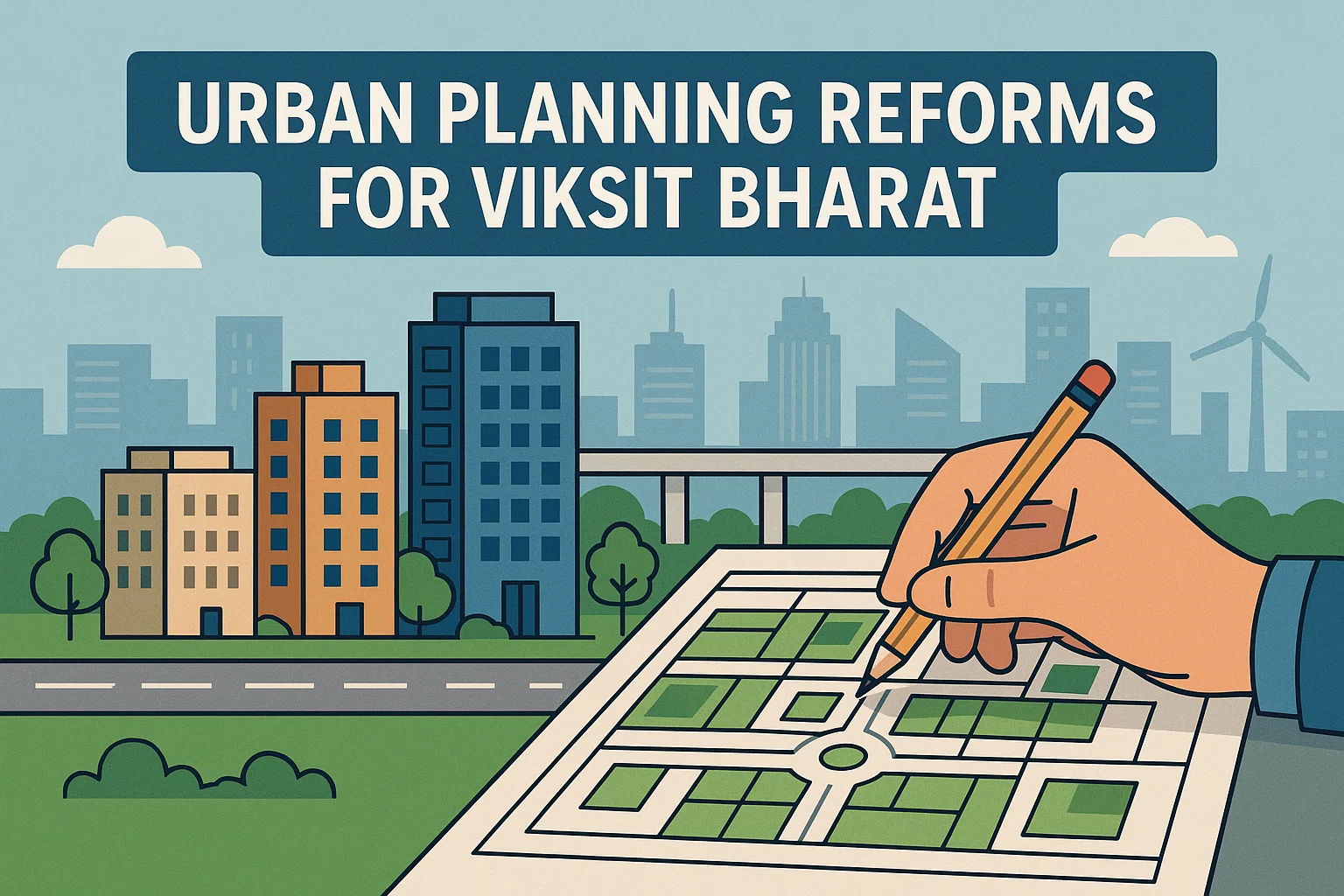Font size:
Print
Partition of Bengal (1905)
Context:
On July 20, 1905, the Secretary of State for India approved Bengal’s partition, dividing it along Hindu and Muslim lines to weaken the nationalist movement through the British “divide-and-rule” policy.
Background:
- Bengal, including present-day West Bengal, Bihar, Odisha, Bangladesh, and Assam, was under British rule since 1765.
- The province faced challenges in administration due to its large size and rapidly growing population, reaching almost 80 million by the early 20th century.
- Rural areas in eastern Bengal were neglected in terms of industry, education, and employment, with development centred around Calcutta.
- The idea of partitioning the province existed before Lord Curzon’s arrival, with Assam separated in 1874.
- Initially proposed as an administrative measure, Curzon later viewed partition as a political tool against growing nationalism.
Causes:
- Lord Curzon announced the Partition of Bengal on 20 July 1905.
- The aim was to enhance administrative effectiveness and manage the large population more efficiently.
- Official reasons included administrative necessity and development of Assam.
- The partition was also seen as a strategy to weaken nationalism by dividing the Hindu and Muslim populations.
- Division viewed as a tactic to diminish the political influence of the educated middle class, particularly the Bengal intelligentsia.
- The British aimed to turn Muslim communalists against Congress and hamper the national movement.
Features:
- The partition divided Bengal into two: Bengal (West Bengal, Odisha, and Bihar) and Eastern Bengal and Assam.
- Calcutta remained the capital of Bengal, while Dhaka became the capital of Eastern Bengal and Assam.
- Bengal had a Hindu majority, while Eastern Bengal and Assam had a Muslim majority.
- Announcement on July 20, 1905; effective from October 16, 1905.
Reactions to the Partition:
- Nationalist Reaction:
- Strong opposition from Hindu community in West Bengal, viewed as a “divide and rule” strategy.
- Nationalists like Surendranath Banerjee and K.K. Mitra led an anti-partition campaign using petitions, prayers, and protests.
- Boycott of British goods and Swadeshi movement emerged as forms of protest.
- The Indian National Congress (Varanasi session 1905), under Gopal Krishna Gokhale, supported the Swadeshi movement and boycott of British goods.
- Public Reaction:
- Strong opposition from the Hindu community in West Bengal.
- Protests marked by mourning and the tying of rakhis as a symbol of unity.
- Rabindranath Tagore’s song “Amar Sonar Bangla” became a symbol of unity and later the national anthem of Bangladesh.
- Some Bengali Muslims supported the partition, seeing it as beneficial for their community.
- National protests spread across the country.

Impact:
- Division led to the Swadeshi and Boycott movements, promoting local industries.
- Created religious divisions, contributing to the formation of the Muslim League in 1906.
- Protests and opposition continued until the partition was annulled in 1911.
Reunification of Bengal:
- King George V announced the reunification of Bengal during the Delhi Durbar in 1911.
- Based on linguistic lines, Bihar and Orissa were carved out of Bengal and made separate provinces.
- Assam was also made a separate province.
- The capital of British India was shifted from Calcutta to Delhi.
- Despite the annulment, it created a permanent division between Hindus and Muslims, influencing the later partition of India in 1947.


